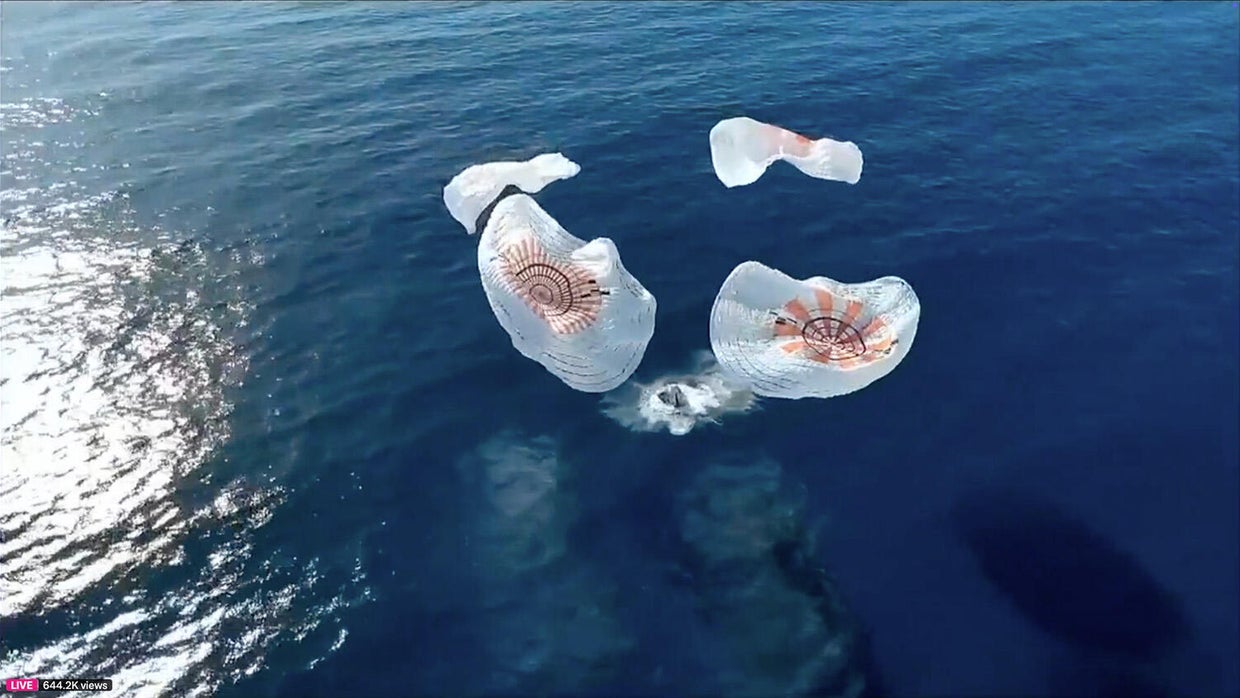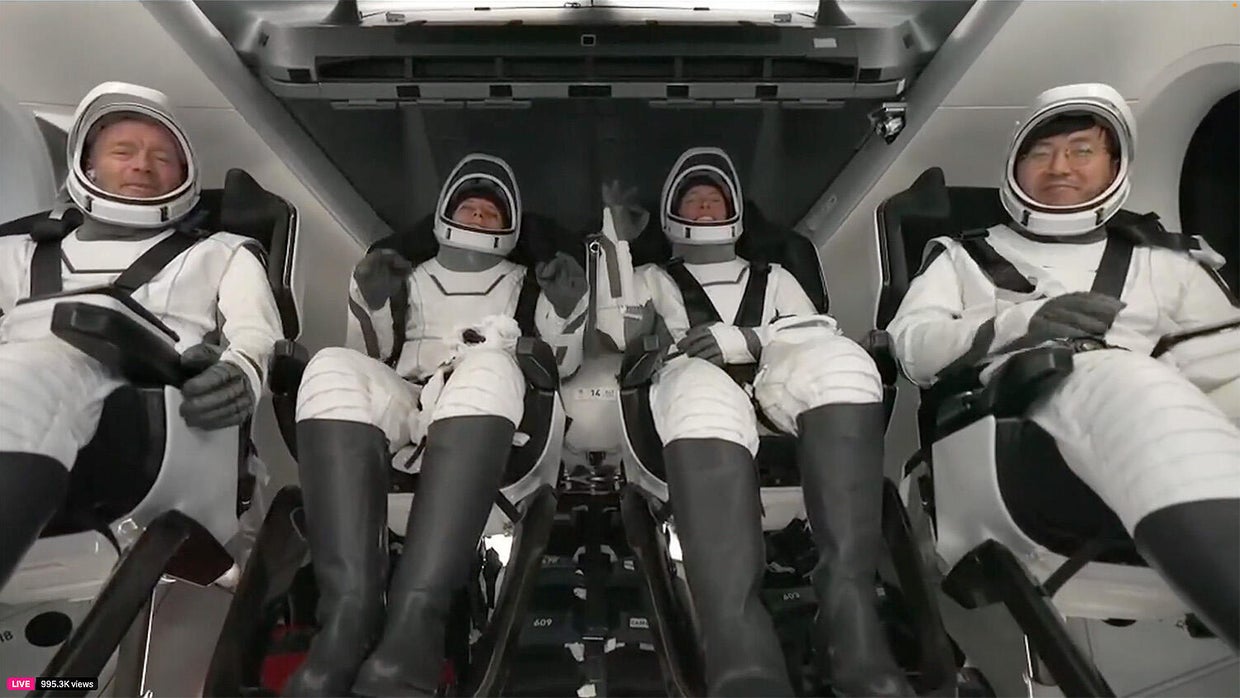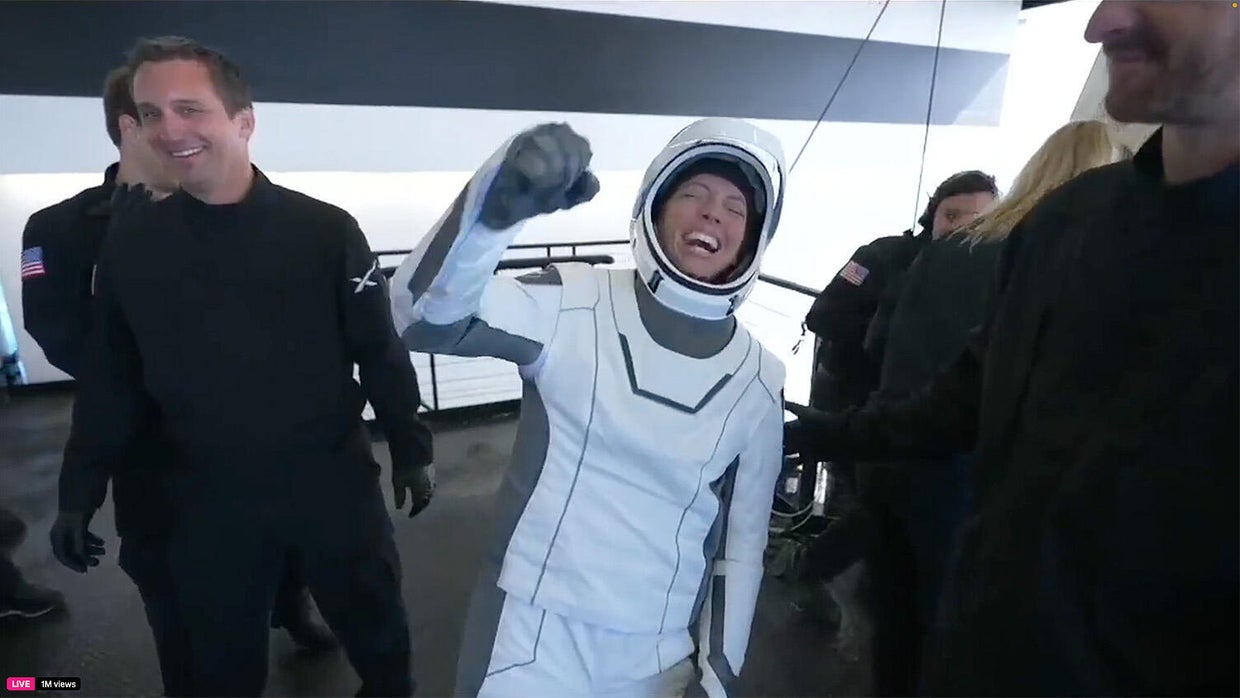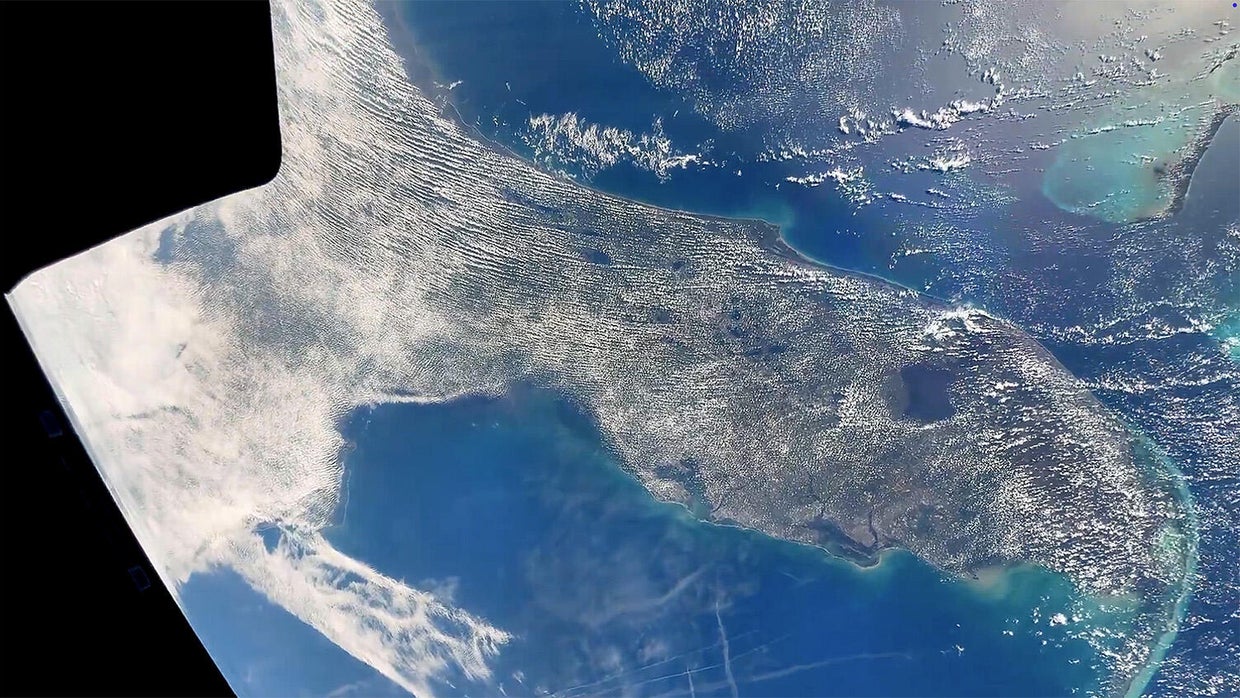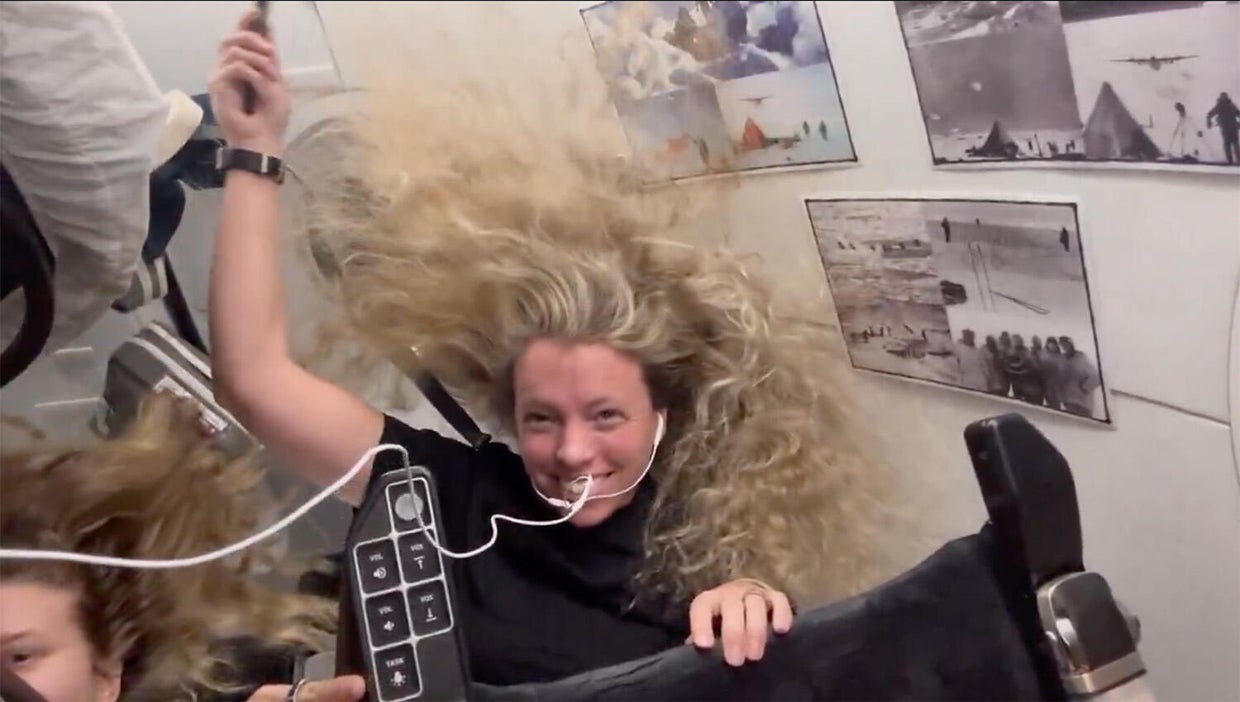SpaceX Fram2 crew splashes down off California coast to close out historic trip around Earth’s poles

A wealthy bitcoin entrepreneur and three fellow adventurers plunged back to Earth aboard a SpaceX Crew Dragon capsule Friday, splashing down in the Pacific Ocean off the coast of southern California to close out the first crewed flight around Earth’s poles.
Three-and-a-half days after launch Monday from the Kennedy Space Center — and after 55 passes above the North and South Poles — the Crew Dragon “Resilience” fired its braking rockets at 11:26 a.m. EDT and slammed back into the discernible atmosphere about 25 minutes later.
Enduring heat shield temperatures up to 3,500 degrees Fahrenheit, the spacecraft rapidly slowed down, deployed four big red-and-white parachutes and settled to an on-target 16-mph splashdown at 12:19 p.m.
SpaceX
SpaceX crews deployed nearby rushed to the gently bobbing capsule and rigged it for a lift onto the company’s recovery ship Shannon.
SpaceX
In the first test of its kind, the crew exited the craft on their own, demonstrating the ability to get out of a Crew Dragon without help from recovery crews.
Unlike crews returning from long-duration flights to the International Space Station who are carried out of their capsules, mission commander Chun Wang and his three companions were able to lift emergency gear up and out of the hatch before climbing out themselves.
While they moved a bit gingerly after three-and-a-half days in weightlessness, Chun, Norwegian cinematographer Jannicke Mikkelsen, Rabea Rogge, a German robotics specialist, and Australian polar guide Eric Philips were all smiles as they greeted support personnel and were escorted into the recovery ship for initial medical checks.
SpaceX
Chun is a Chinese-born citizen of Malta who lives mostly in the extreme north of Norway, most recently in Svalbard, a Norwegian archipelago in the Arctic Ocean where he first met his crewmates, all veterans of polar expeditions.
“We … all met on Svalbard, and we love the ice,” Chun posted on X during the flight. “The mission was planned when I lived there, and we fly polar because, in an ISS-like orbit, we are unable to see where we live. From this perspective, the mission has perfectly achieved its goal.”
Chun said before launch he planned to be on the lookout for Antarctic research stations, but Mikkelsen said during the flight that “unlike previously anticipated, from 460 km above, it is only pure white, no human activity is visible.”
SpaceX
Neither Chun nor his crewmates are licensed pilots. While Jeff Bezos’ Blue Origin has launched non-pilot crews to the edge of space in sub-orbital New Shepard flights, no crew has flown to orbit without at least one member with aviation expertise or astronaut experience.
But the Crew Dragon is highly automated and can be controlled from the ground when necessary. SpaceX viewed the Fram2 flight as a stepping stone toward opening the door for more non-professionals to fly to orbit.
Chun, an avid world traveler and polar visitor, paid SpaceX an undisclosed amount to charter Resilience for the trip to polar orbit, SpaceX’s third privately funded civilian space tourism flight.
Fram2/SpaceX
The mission was named Fram2 in honor of a 19th century sailing ship — Fram, or “forward” in Norwegian — that carried arctic explorers to the poles. A small piece of the original ship’s teak decking was carried into space aboard the Crew Dragon.
“My own journey has been shaped by lifelong curiosity and a fascination with pushing boundaries,” Chun said before launch. “As a kid, I used to stare at a blank white space at the bottom of a world map and wonder what’s out there.
“Curiosity eventually took me across the continent and to the southern most tip of Earth in 2021, and also the North Pole in 2023. … Fram2 isn’t just about going to space. It’s about pushing boundaries, sharing knowledge … and we hope our mission will further inspire later people to do the same.”
The crew planned to carry out 22 experiments during the flight, ranging from filming auroral displays from orbit to testing compact exercise equipment for use in smaller spacecraft, growing oyster mushrooms in microgravity and taking the first X-rays in space.
Fram2/SpaceX
Along with three high-end professional cameras, the crew was equipped with multiple laptops and tablets, a ham radio “and even an X-ray generator, which we’ll use to capture the first-ever X-ray image of the human body in space — something crucial for future long-duration missions to Mars and beyond,” Chun posted on X.
Throughout the flight, the crew posted spectacular videos, including a timelapse view of Earth below as the Crew Dragon sailed over Antarctica all the way to the North Pole, making the trip from one pole to the other every 46 minutes.
“Proud to be able to bring to space some incredible cameras and lenses capturing the first images of the Arctic and Antarctic shot by humans from space,” Mikkelsen posted on X. “These videos are BIG in file size and we look forwards to sharing them with you post-mission splashdown.”
Another video showed the entire state of Florida and the southeastern United States. Zooming in on the Kennedy Space Center, Chun marveled “there’s our launch pad. Oh my God!”



